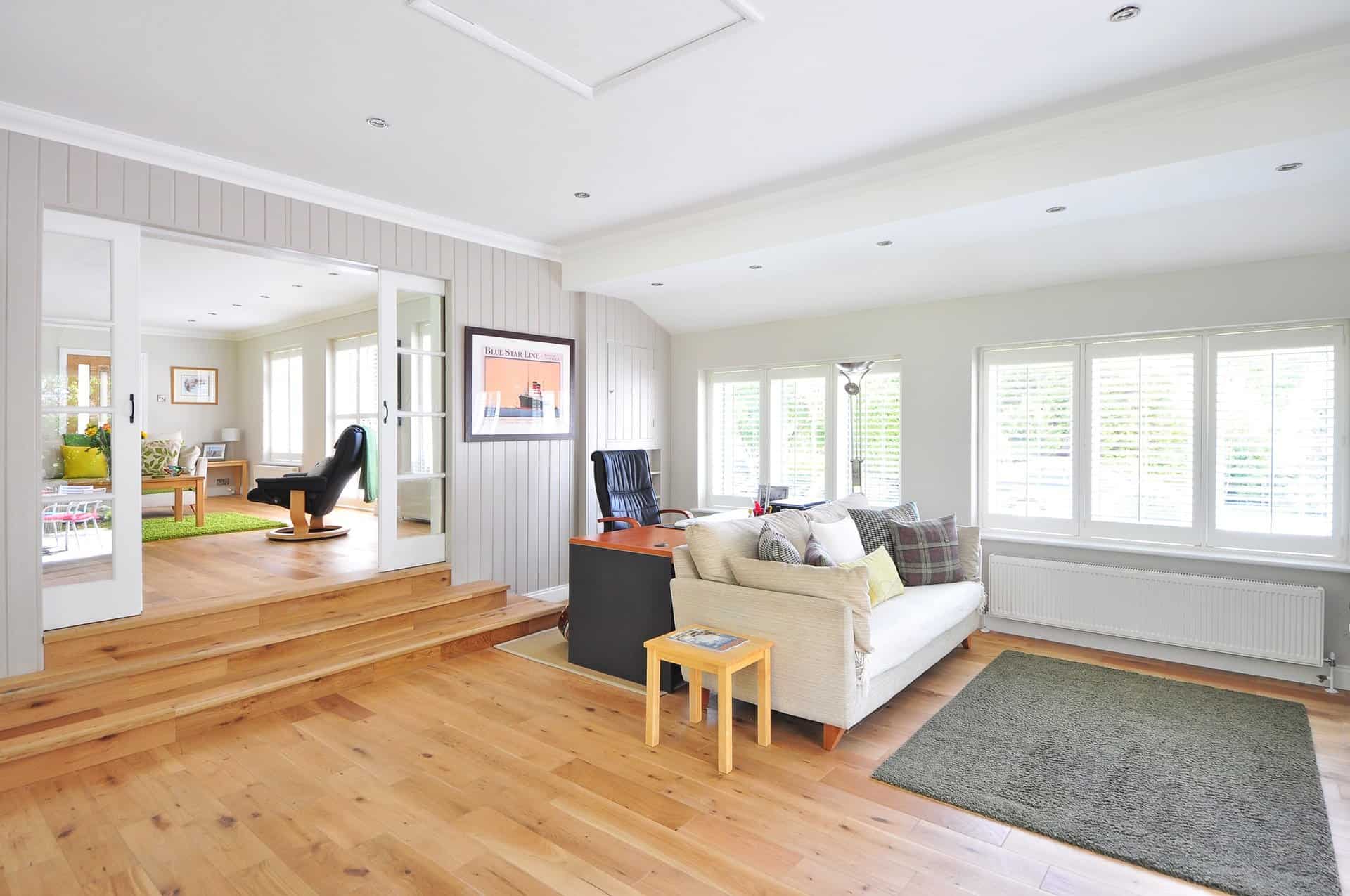As the world’s population continues to grow, so does the housing demand. To meet this increasing demand, architects and engineers have been searching for more efficient ways of constructing buildings. This has led to a surge in innovation regarding construction materials – with many new materials being developed that are stronger, lighter, and more cost-effective than traditional building materials. In this article, we will take an in-depth look at some of these innovative construction materials and how they are changing the way we build houses today.
1. Solar Shingles
Solar shingles are a new roofing material that combines traditional asphalt shingles with thin-film solar cells. These solar shingles generate electricity from the sun during the day, which can then be used to power your home – meaning that you no longer need to rely on expensive electricity or gas for heating purposes.
These solar shingles also have a longer lifespan than traditional asphalt shingles, meaning that you can save money in the long run by not having to replace them as often. Roofing contractors on this website can help you to install these materials. Making it easier for you to reap the benefits of this technology. The best part is that they look just like traditional roofing materials, so installing them is easy without anyone noticing.
2. Cross-laminated Timber
Cross-laminated timber (CLT) is an innovative building material that has been gaining popularity in recent years. It is a strong, lightweight, and sustainable alternative to traditional materials such as steel and concrete, making it perfect for the construction of houses. CLT comprises layers of wood panels glued together at right angles, giving it strength and stability while still being lighter than other materials.

One major benefit of using CLT over other materials is its sustainability. Not only does it require less energy to produce than traditional materials like steel or concrete, but it also utilizes renewable resources like trees for production – helping reduce our carbon footprint on the planet. Additionally, CLT helps increase the air quality in buildings due to its natural insulation properties – meaning your house will stay warmer during winter without having to use electricity or gas for heating purposes.
3. Polycarbonate Panels
The material comprises two layers of polymers and several layers of air, making it strong yet lightweight – making it perfect for the construction of houses. Polycarbonate panels are highly resistant to UV rays, hail, and extreme temperatures – making them a great choice for areas prone to harsh weather conditions.
They also offer many other benefits when it comes to building houses. Firstly, they are easy to install, meaning construction time can be significantly reduced compared to traditional materials such as brick and mortar. Additionally, polycarbonate panels are highly energy efficient – meaning that your house will stay warm during the winter without having to use electricity or gas for heating purposes.
4. Self-Healing Concrete
Essentially, self-healing concrete comprises bacteria that can repair any cracks or damage that occur in the concrete – meaning that it requires very little maintenance and will last significantly longer than traditional materials such as brick and mortar. Self-healing concrete is also highly resistant to extreme temperatures and UV rays – making it a great choice for areas prone to harsh weather conditions.
Not only does it require less energy to produce than traditional materials like steel or concrete, but it also helps reduce our carbon footprint due to its natural healing properties. Also, self-healing concrete has superior acoustic and thermal insulation properties, meaning that your house will stay warmer during winter without having to use electricity or gas for heating purposes.
5. 3D Printed Construction Materials
3D printing is a rapidly growing technology that has the potential to revolutionize the way we build houses. 3D-printed construction materials are strong, durable, and lightweight – making them perfect for building homes. Additionally, 3D printing eliminates many costs associated with traditional construction methods, such as labor, transportation, and waste – making it significantly cheaper than other materials.
The materials can also be printed in any shape and size you desire – meaning that there are fewer limitations when designing your house. Furthermore, 3D-printed construction materials are highly resistant to UV rays, hail, and extreme temperatures – making them a great choice for areas prone to harsh weather conditions.
6. Bamboo
This natural resource can be used to build houses and other structures. It is strong, lightweight, and renewable – making it an ideal choice for construction materials. Additionally, bamboo has superior thermal insulation properties – meaning that your house will stay warm during winter without using electricity or gas for heating purposes.
Bamboo is a natural resource that helps reduce our carbon footprint on the planet. Additionally, it is relatively easy and inexpensive to grow – making it a great choice for sustainable building material.
These innovative construction materials can drastically reduce our energy consumption, create more comfortable living environments, and help us reduce our carbon footprint on the planet. Utilizing these materials in your next building project can save money on energy bills and create a more sustainable home.
Discover more from Futurist Architecture
Subscribe to get the latest posts sent to your email.



